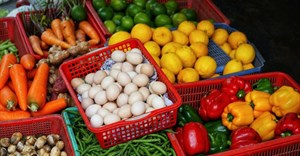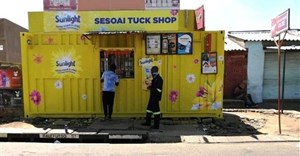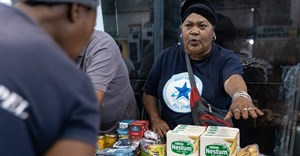
Subscribe & Follow
Before we talk about e-commerce in SA, let's define it properly

But most of the expert commentators are starting in the wrong place. They’re failing to properly define e-commerce in South Africa. They tend to focus only on one side of online trading which is formalised and largely mimics the offline retail model either as a standalone digital storefront offering products or as an e-commerce/home delivery add-on to an existing business (a service which still represents less than 1% of retail transactions).
Misplaced analysis
What many analysts are ignoring is consumer-led e-commerce, which is highly suited to our particular economic construct and has been booming for more than a decade. There are hundreds of thousands of informal e-commerce traders operating daily via online classifieds and social media, advertising their small businesses and services, or selling their goods, or buying and flipping items for profit.
Unlike the formal sector which usually requires an internet banking profile, an email address, plenty of data or wi-fi, and a card of some kind, this type of trade is accessible to anyone with access to nothing more than the most basic phone. This sector is made up of some major aggregated online trading platforms, like Gumtree, and a complex matrix of Facebook, Whatsapp and specialist forums enabling people to trade informally with each other.
Currently, we’re experiencing what experts call the third wave or the Web 2.0 era, where online trade and the offline world are converging. This is a new participatory and social phase where consumers are the producers of the web. Companies are still disseminating products and information, but so are consumers. Retailers are finding themselves competing with their own customers, who are becoming retailers in their own right.
The consequence of all this is that, in truth, we don’t know how big e-commerce in SA really is, but you get an idea of the scale from the fact that Gumtree is the biggest website in the country with over 5 million unique visits.
This misplaced focus by analysts is also reflected in the motoring industry where new vehicle sales are slavishly reported each month as an economic indicator (and the media gushes over every new model) yet there are more than twice as many used cars sold in this country annually as new ones and we never seriously dissect that market. And much of the used car trade is informal and smart dealerships are now trying to harness that space.
And we can take this misplaced analysis one stage further back. In macro terms, we have never got a handle on the informal economy as whole. Anything outside the conventional and formal set piece data, as recorded by the system, is not measured and therefore often not considered. Street traders, spaza shops, stokvels, cash transactions, home businesses, second-hand sales of all kinds – if we can start to get a proper read on shifts in these spaces we will better understand our economy.
Prioritising connectivity
Irrespective of the data, one thing is very clear: affordable, efficient and available connectivity should be a policy priority. While it is not a magic wand, improved internet access does have the potential to be a significant economic liberator, what a World Bank report calls “a key driver of growth, job creation, and social inclusion". The International Telecommunications Union has cited a study that shows that a 10% increase in broadband penetration results in an increase per-capita GDP of up to 1.38%.
A sizable portion of South Africans currently are excluded from participating in this booming digital economy and we need to inspan them fast. Digital participation surveys have shown that the average person has to be online for at least five years before they become comfortable enough to transact online. So, the sooner we can get all South Africans online, the better.

















